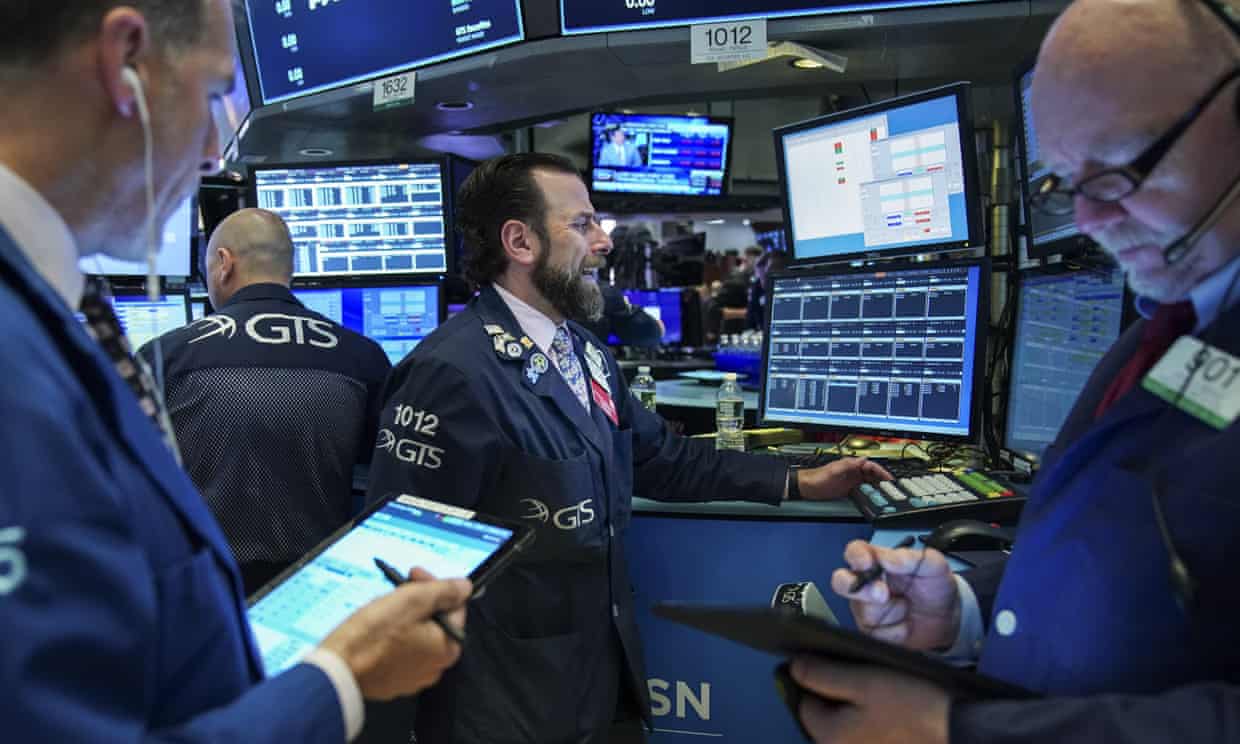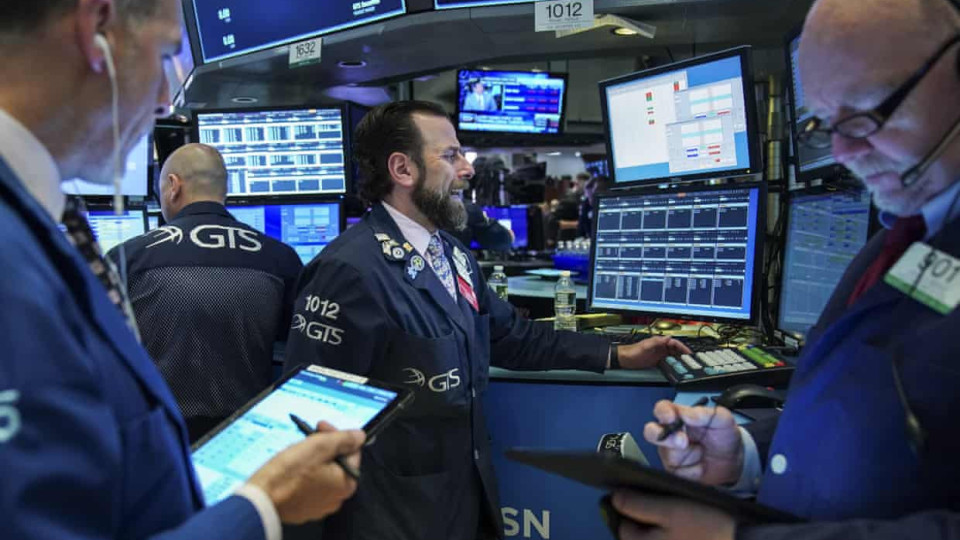
Financial markets were braced for a full-blown trade war between the world’s two economic superpowers as the US imposed higher tariffs on $200bn worth of Chinese goods.
Last-minute talks in Washington between Chinese vice premier Liu He and US trade representative Robert Lighthizer failed to salvage months of talks on a deal and at 12.01am on Friday tariffs on Chinese goods were raised to 25% from 10%.
China’s ministry of commerce said in a statement just after the deadline: “The Chinese side deeply regrets that it will have to take necessary countermeasures,” adding that “high-level economic and trade consultations” were underway.
“It is hoped that the US and the Chinese side will work together to resolve existing problems through cooperation and consultation,” it said.
The increased tariffs apply only to goods leaving China after the deadline and will go into effect only once shipments reach the US, leaving room still for negotiations. The White House said the two sides will resume talks on Friday amid hopes that a deal can be reached.
However, investors now face the prospect of a damaging trade war which many fear could destabilise the already slowing global economy and escalate tensions between the two superpowers over flashpoints such as the South China Sea and industrial espionage.
Earlier, the International Monetary Fund warned a tariff war posed a “threat to the global economy” and called for a speedy resolution. “As we have said before, everybody loses in a protracted trade conflict,” said IMF spokesman Gerry Rice.
Uncertainty over the negotiations earlier prompted another round of losses on world stock markets, with the Dow Jones industrials dropped 0.5%. Earlier, Germany’s Dax index shed 1.7% and France’s CAC 40 lost 1.9%. Hong Kong’s main benchmark slid down 2.4% and the Shanghai Composite Index lost 1.5%. Tokyo’s Nikkei 225 lost 0.9%.
On Thursday, Trump said he had received a “beautiful letter” from Xi as negotiations continued in Washington. He quoted Xi as saying in the letter: “Let’s work together, let’s see if we can get something done.” The US president added he believed a deal could be done this week, but accused China of sabotaging recent talks by seeking a renegotiation. “We’re getting very close to a deal then they started to renegotiate the deal. We can’t have that. We can’t have that,” said Trump.
Stock markets all over the world have tracked higher this year thanks in large part to reports of good progress in talks aimed at resolving the long-running dispute.
Those hopes were dashed when Trump issued his tariff threat on Sundayamid exasperation on the US side that China was reneging on critical parts of a 150-page draft agreement. China has promised to retaliate.
But Liu, China’s top negotiator for the talks, remained optimistic on Thursday. “We come here this time under pressure, which shows China’s greatest sincerity, and want to sincerely, confidently, and rationally resolve certain disagreements or differences facing China and the United States. I think there is hope,” Liu said, according to Chinese state media.
The standoff stems from longstanding anxiety in the US about the country’s huge trade deficit with China, which reached a record $419bn in March. During his successful election campaign, Trump played on fears in midwest and rustbelt states that too many manufacturing jobs have been lost to China and once-dominant industries such as steelmaking greatly reduced in size and importance.
Once in the White House, Trump demanded China reform its trade policies and do more to crackdown on what US companies see as intellectual property theft and forced transfers of technology to Chinese firms. Washington also wants Beijing to slash state support for large companies and allow American firms greater access to Chinese markets.
The first skirmishes in the trade war started with tariff rises on aluminium and steel but soon escalated to include a huge range of manufactured goods.
At a summit in November, Trump and Xi agreed that a rise in US tariffs planned for 1 January affecting imports from modems and routers to vacuum cleaners, furniture, lighting and building materials, would be delayed to 1 March. In the meantime talks were arranged and progress towards a workable deal seemed good until this week’s bombshell from the US president.
Financial markets were severely rattled in the final weeks of 2018 but the delay to the tariffs helped soothe nerves and convinced many investors that a deal would be reached. Stocks have tracked higher all year as a result, restoring a sense of calm.
As the deadline neared on Thursday, Professor Andrew O’Neil of Griffith Business School in Australia said the US had been expected to push hard in the talks and that China, with its weakening economy, would buckle.
But he said the indications were that the Chinese believed the US might be forced to back down.
“My money is on China calling Trump’s bluff. China has looked at some of Trump’s comments about the Federal Reserve, calling for it to cut interest rates, and concluded that the US is perhaps weaker economically than they have claimed to be,” he said.
“Combined with mixed messages from the Trump administration, they might think the US will not enforce the tariffs.”
O’Neil thought a way out of the imbroglio would rest on what China could offer to enable Trump to claim a winning position.
“A lot depends on what face-saving mechanisms the Chinese could offer Trump – what they could offer him to present a climbdown to his supporters. But options even for that are now running out and he may have to enforce the tariffs even if he doesn’t want to.”
Roland Rajah of the Lowy Institute said the huge gulf between the two sides made it unlikely that a deal could be salvaged.
“It’s looking dismal in terms of avoiding Trump’s threat of raising the tariffs on $200bn of Chinese goods from 10% to 25%. That’s going to take effect so it doesn’t leave much scope for negotiations. It’s possible they might find some way but it’s not particularly likely.”
However, Rajah argued that with the Chinese goods representing only 0.55% of GDP, it might not hurt China as much as expected and that the US would be more likely to lose out. “Any economic benefits are unlikely because China will redirect trade. And technological change means that any manufacturing that returns to the US will not mean a lot of jobs.”
The Guardian










Leave a comment